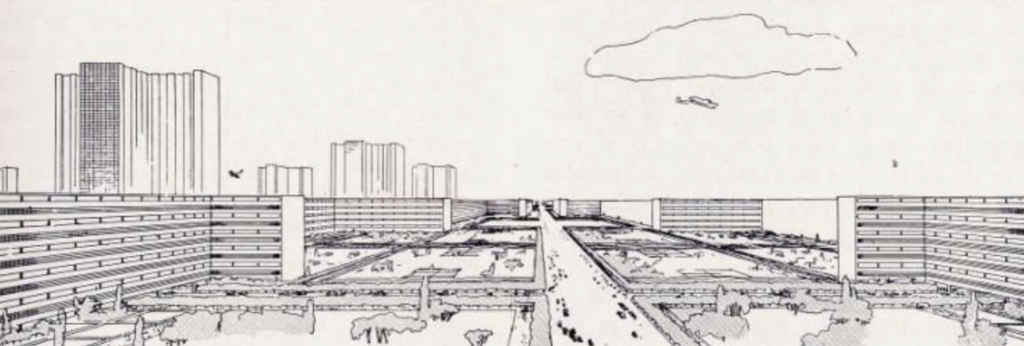
I believe that there is always the need, a desperate need, for a world inspired by ideas. The Covid-19 pandemic interrupted many of our dreams, and while long overdue attention to pervasive societal inequalities has finally taken center stage, I fear that ideas, modest or radical in their outreach, are desperately missing in our daily discourse.
Continue reading The nature of IDEAS







